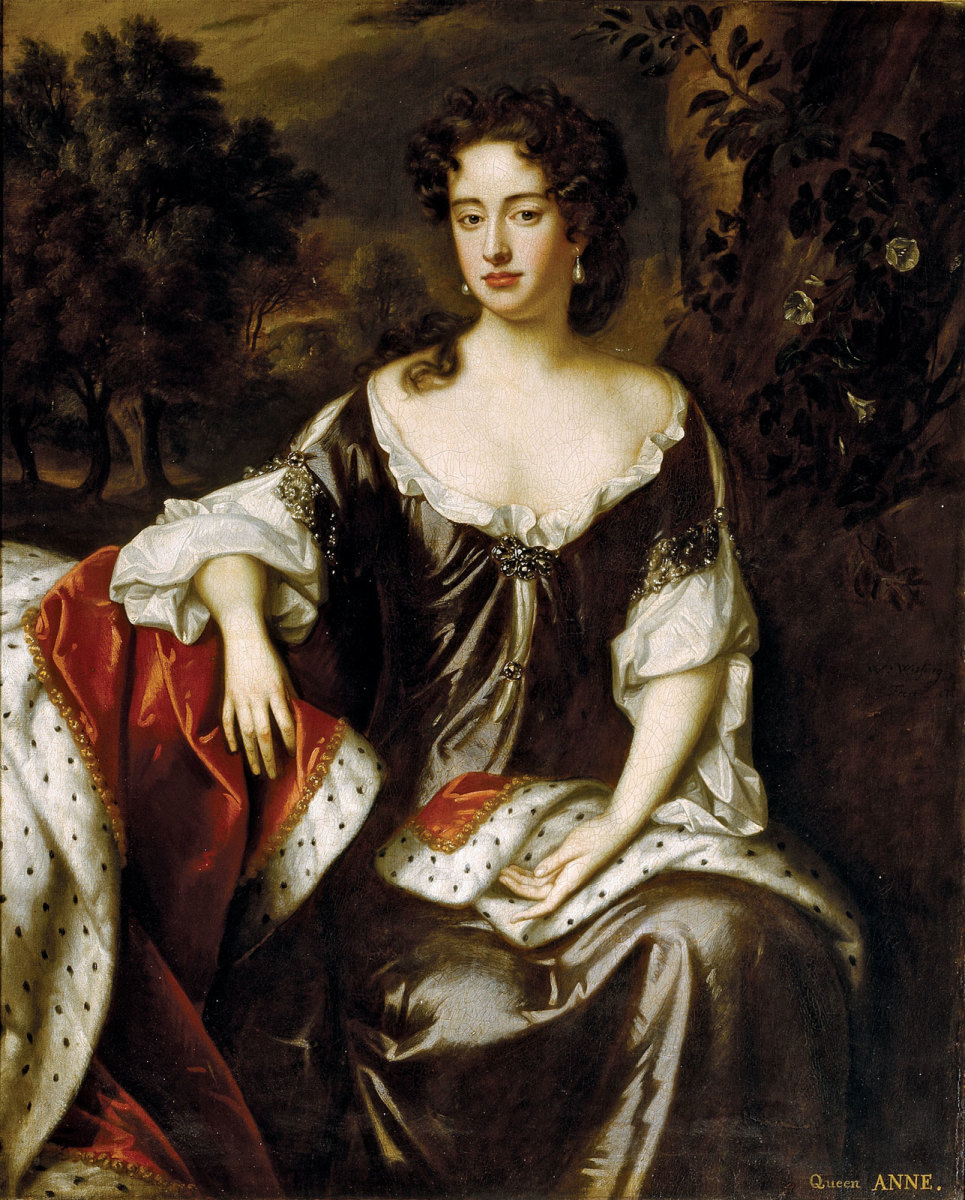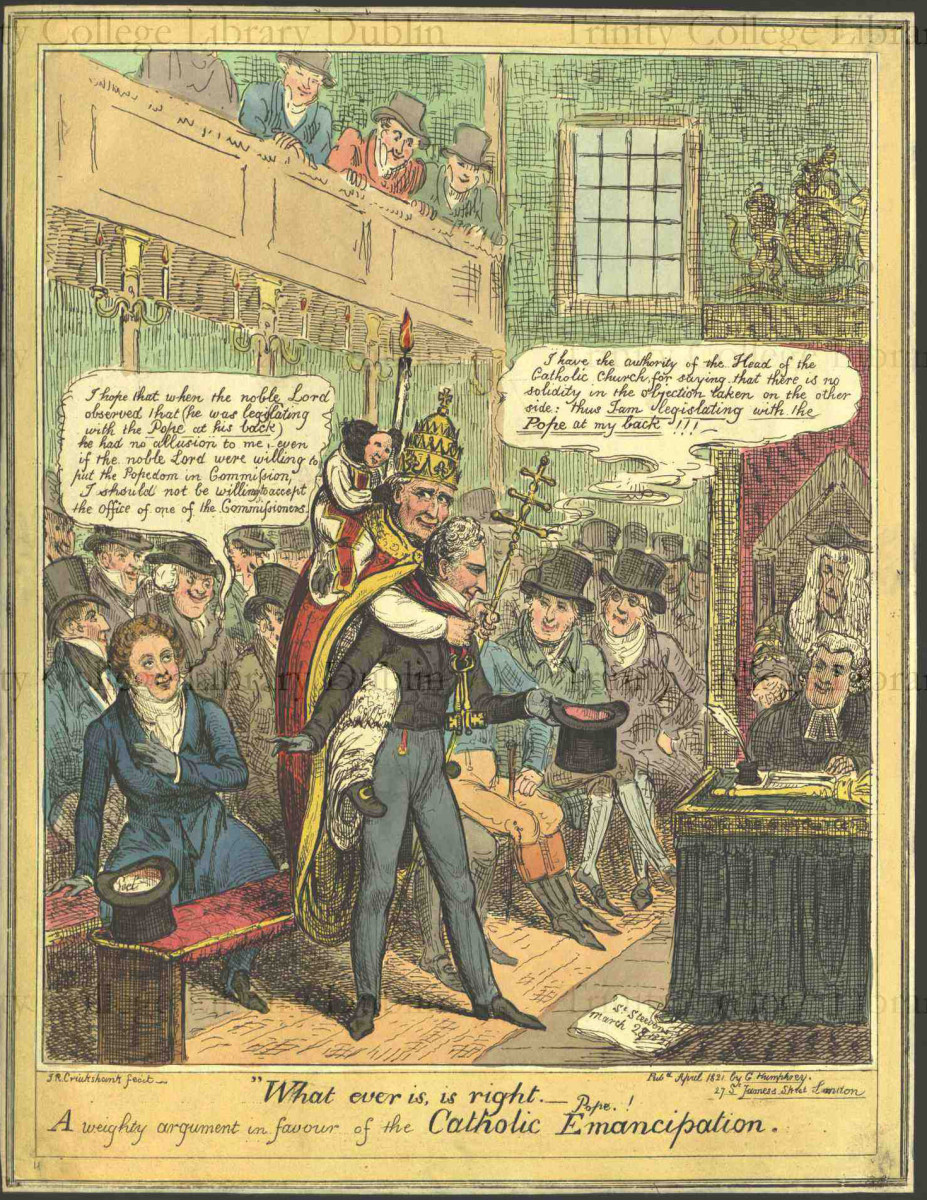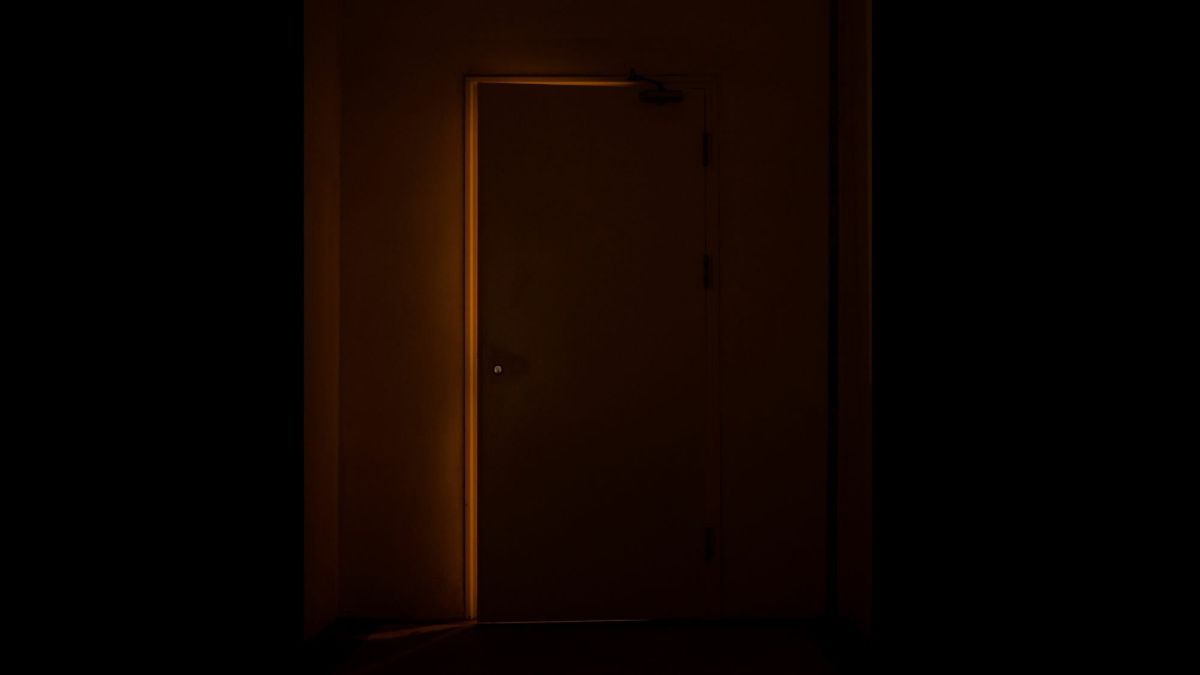Witchcraft Crime in Sixteenth Century England
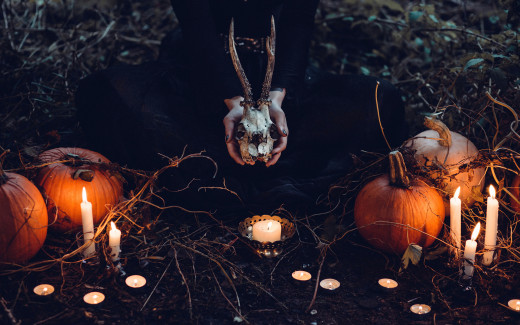
Witchcraft
Witchcraft, black magic, the activity or summon of supposed heavenly powers to control individuals or occasions, rehearses commonly including divination or enchantment. Though portrayed unmistakably in one of a kind recorded and social settings, black magic has as often as possible been seen, especially in the West, as made by witches who meet stealthily around night time, appreciate human substance utilization and orgiastic ceremonies with the Devil, and perform “Black Magic”. Black magic thusly described exists more in the innovative personality of partners than in any objective reality. Anyway this speculation has a long history and has set up for certain social orders a sensible explanation of wickedness on the planet. The power of these feelings is best addressed by the European witch pursues of the fourteenth to eighteenth century, yet black magic and its related contemplations are never far from the outside of surely understood discernment and—proceeded by society stories—discover express focus every so often in noticeable TV and films and in fiction.
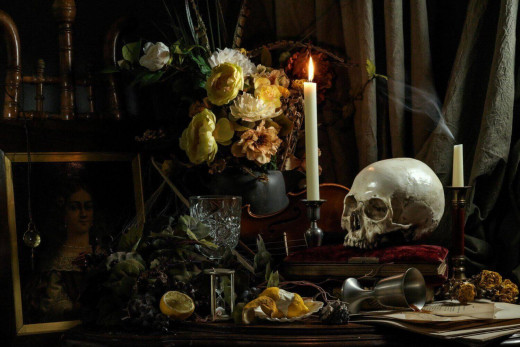
Witchcraft in the English Society
Sixteenth Century England was overshadowed by Christian-religious-mindfulness. As Christianity was finding its equilibrium between Catholics and Protestants in that very era, so it was really hard for a sorcerer or witch to find his or her way through that religious atmosphere. This discussion highlights the attitude of English society towards witchcraft by analyzing “The End and the Last confession of the Mother Waterhouse at her death.
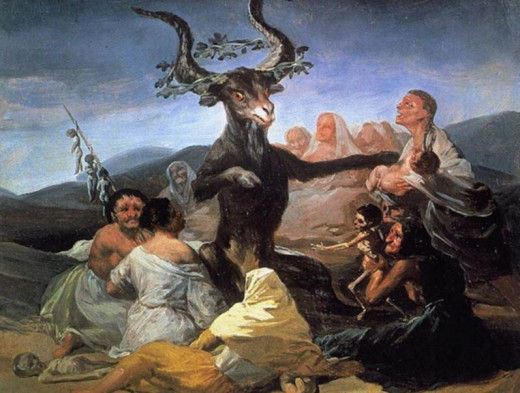
Agnes Waterhouse's Sorcery
Agnes Waterhouse was the primary recorded individual hung for charges of black magic in 1566. The primary casualty of Elizabeth I's 1563 Act against Conjuracions Inchantments and Witchraftes. Agnes was from the town of Hatfield, and local people realized her as Mother Waterhouse. She was said to be in her 60s and was in all probability a savvy ladies and healer in her town.
Through her last confession, she reveals that how she sent her Satan to a tailor located in her neighborhood. She admits her offenses of inflicting harm on people through witchcraft and sorcery. However, she repents and seeks God’s forgiveness.
Elizabeth Francis
The principal individual to be blamed for Witchcraft was Elizabeth Francis additionally of Hatfield. She admitted on 27th July that she had charged her well-known, which appeared as feline named Sathan, to do her offering. The feline was given to Agnes Waterhouse and her girl Joan. Elizabeth Francis was condemned to a year in jail.
Agnes admitted that she had gotten the feline from Elizabeth and was informed that on the off chance that she thought about him, he would do her offering moreover. She admitted to utilizing the feline to murder the domesticated animals of her neighbors that had affronted her. Also, that she would remunerate the feline by pricking herself and giving it a chance to suck her blood.
She was likewise addressed on her Church propensities. She told that court that she supplicated regularly however that she implored in Latin, on the grounds that Sathan would not enable her to ask in English. Her destiny was at long last fixed on account of the proof that was brought to the court by one of her neighbors. She was blamed for making illness and afterward the passing of a William Gynee.
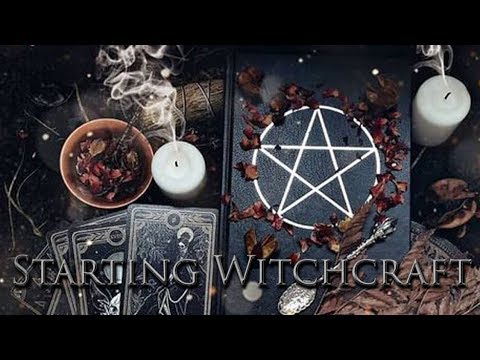
Execution of Waterhouse and other Penalties
Agnes was hung at Chelmsford on 29th July 1566. Records express that Agnes requested absolution from God before her execution, admitting to being a witch and utilizing witchcraft for as long as 25 years.
Agnes' little girl Joan, who was only 18 years of age, was likewise brought to the court on charges of Witchcraft. She was blamed for entrancing a multi year old young lady called Agnes Brown. She was said to have sent one of hers and her mom's imps top reason damage to Agnes Brown. The pixie was said to have appeared as a pooch. Joan was seen not as blameworthy however, as the proof against her was clashing.
Shockingly this was not the finish of the story for Elizabeth Francis. She showed up in court two additional occasions, also in 1572 where she was detained for one more year. Also, in conclusion in 1579, where she was at last hung, blamed for the charming to death of an Alice Poole who had kicked the bucket in 1578.
The preliminaries of these three ladies denoted the beginning of a dim time for the individuals who were loathed by their neighbors. Furthermore, the feline named Sathan kept on showing up in stories encompassing their alleged blame.
Witches were viewed as guileful creatures by early Christians in England, propelling the eminent Halloween figure. Pictures of witches have appeared in changed structures since the start—from pernicious, mole nosed women squatting over a cauldron of gurgling liquid to witch stood up to, laughing animals riding through the sky on sweepers wearing pointy tops. In standard society, the witch has been portrayed as a benevolent, nose-twitching rustic housewife; a cumbersome youngster making sense of how to govern her power and a triad of magical sisters fighting the forces of malice. The real history of witches, in any case, is dull and, normally for the witches, savage.
This article is accurate and true to the best of the author’s knowledge. Content is for informational or entertainment purposes only and does not substitute for personal counsel or professional advice in business, financial, legal, or technical matters.
© 2019 Khurram Shehzad

